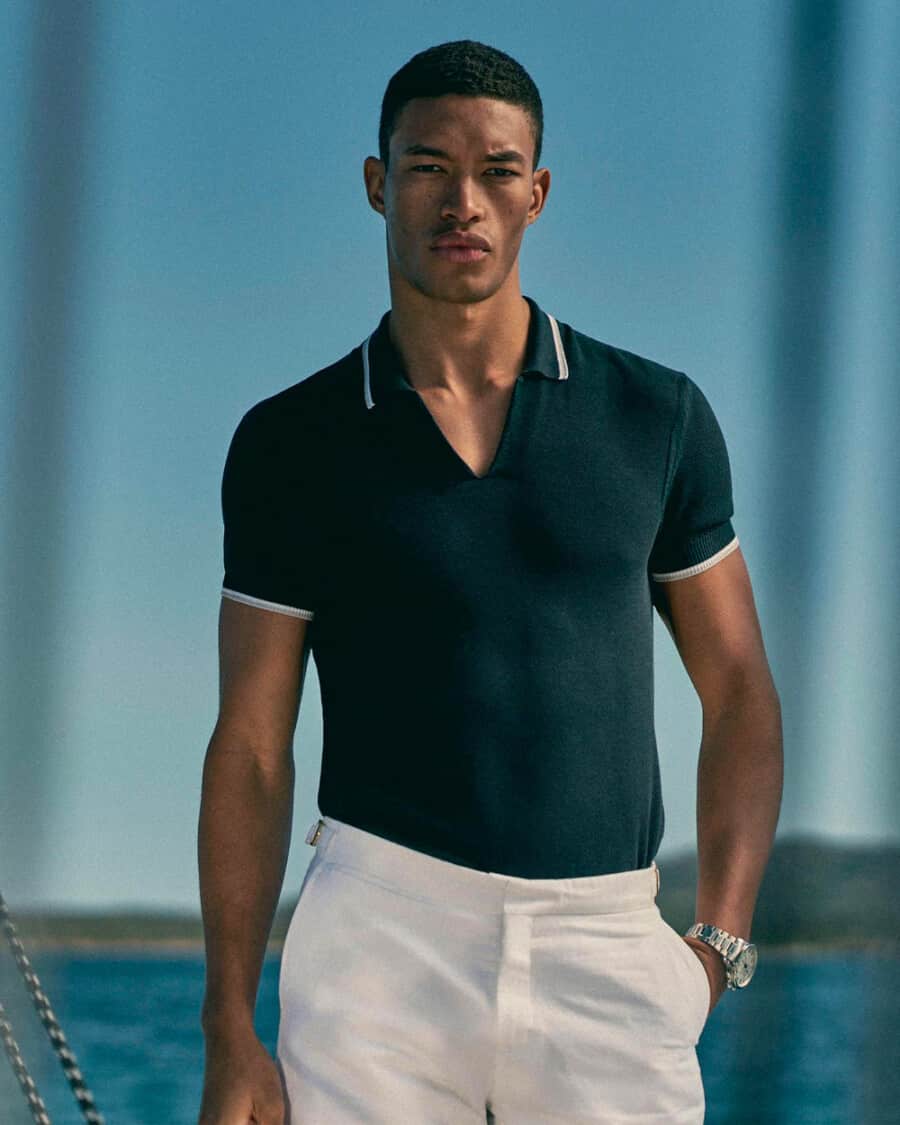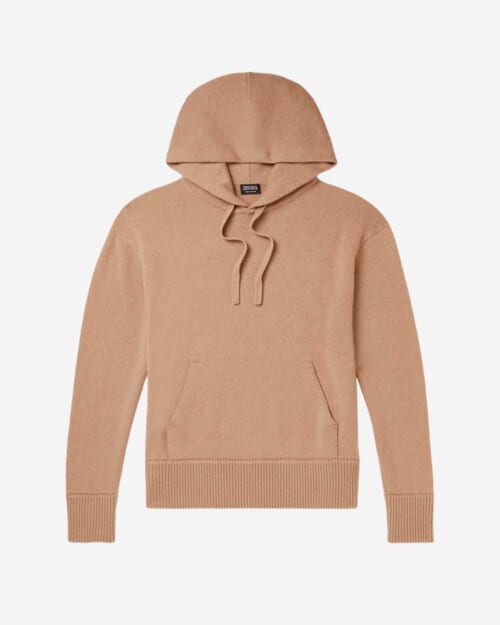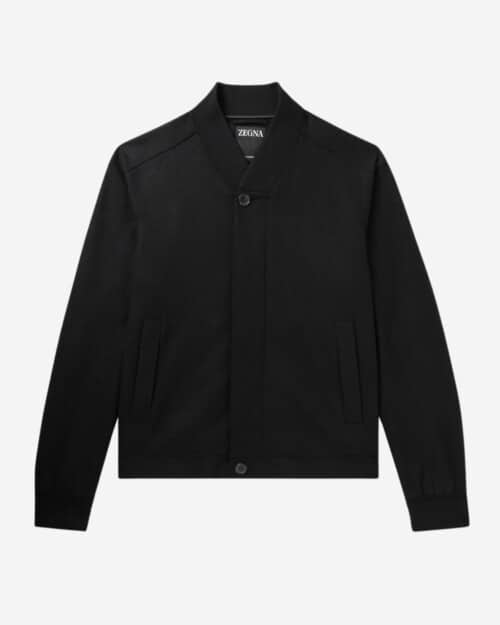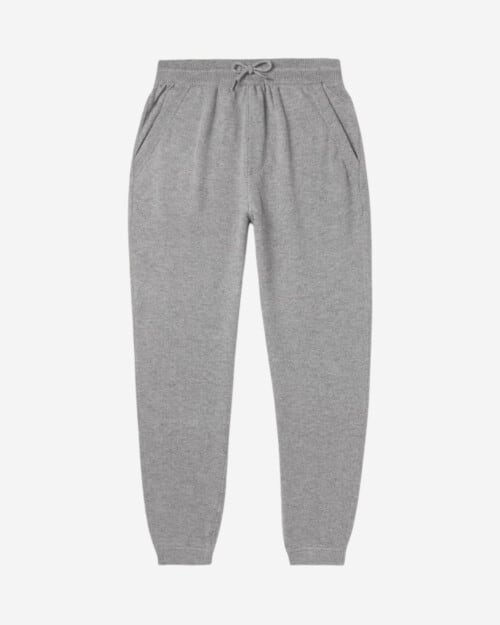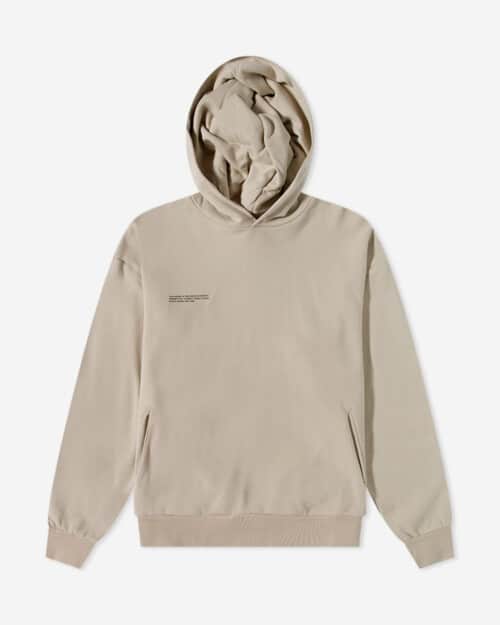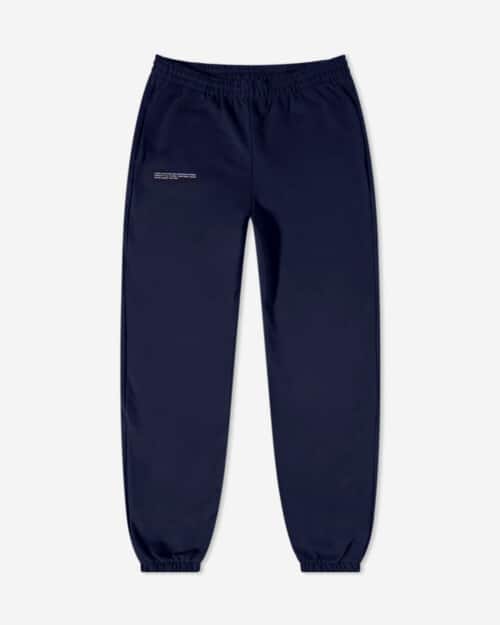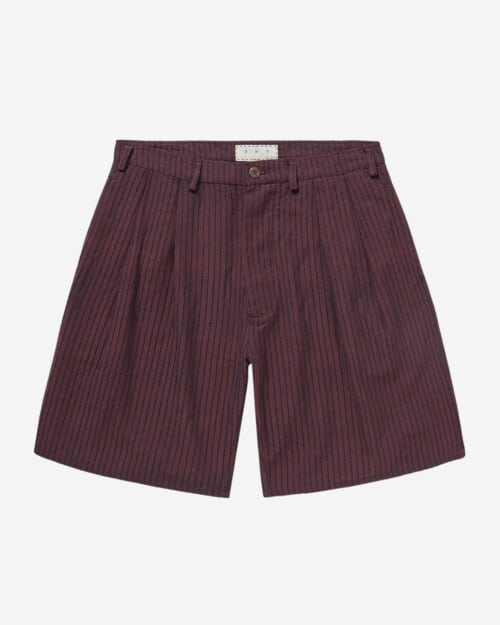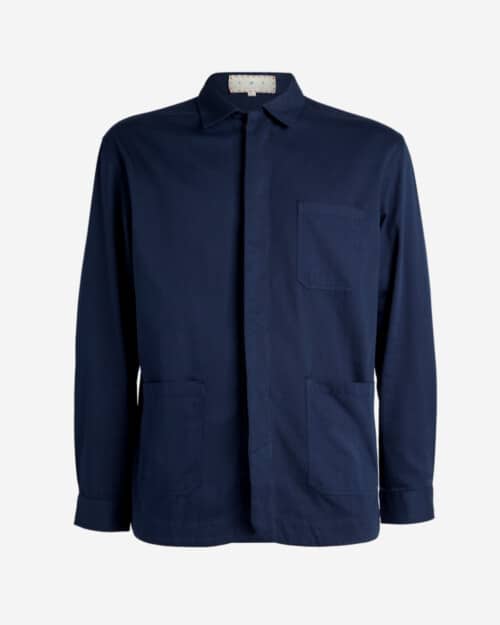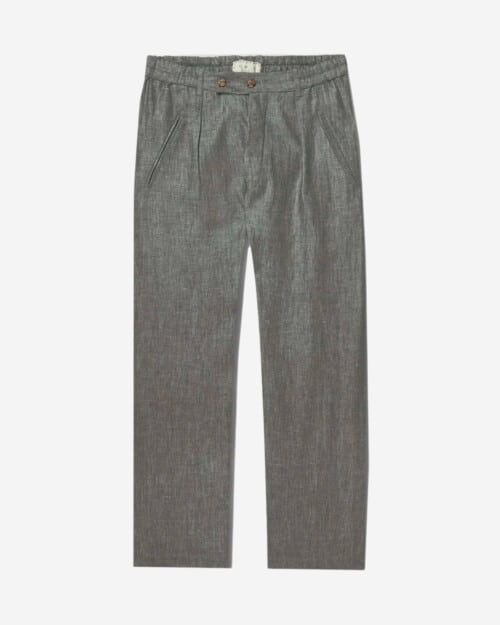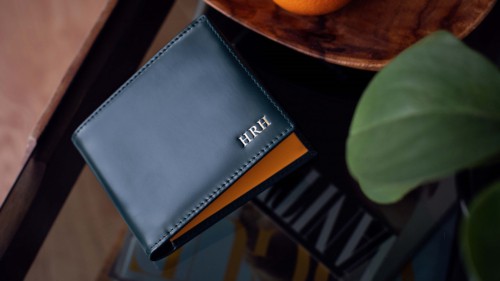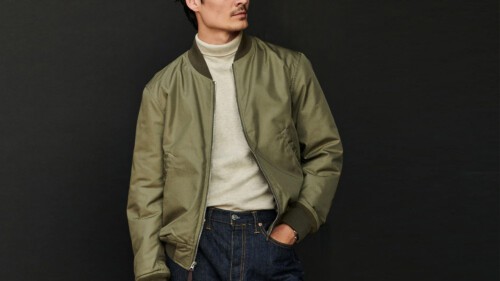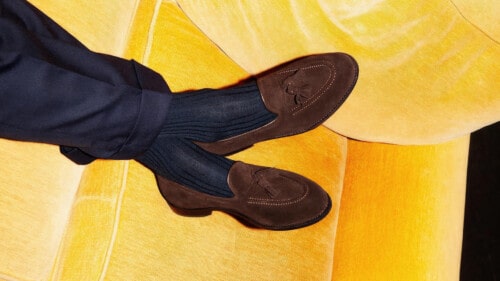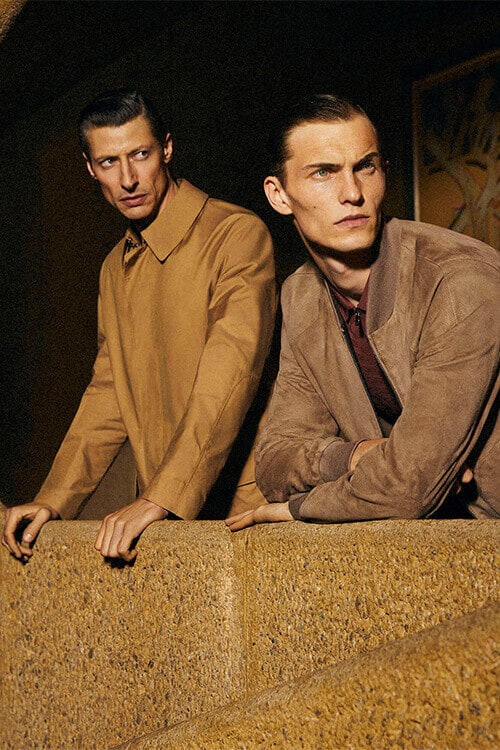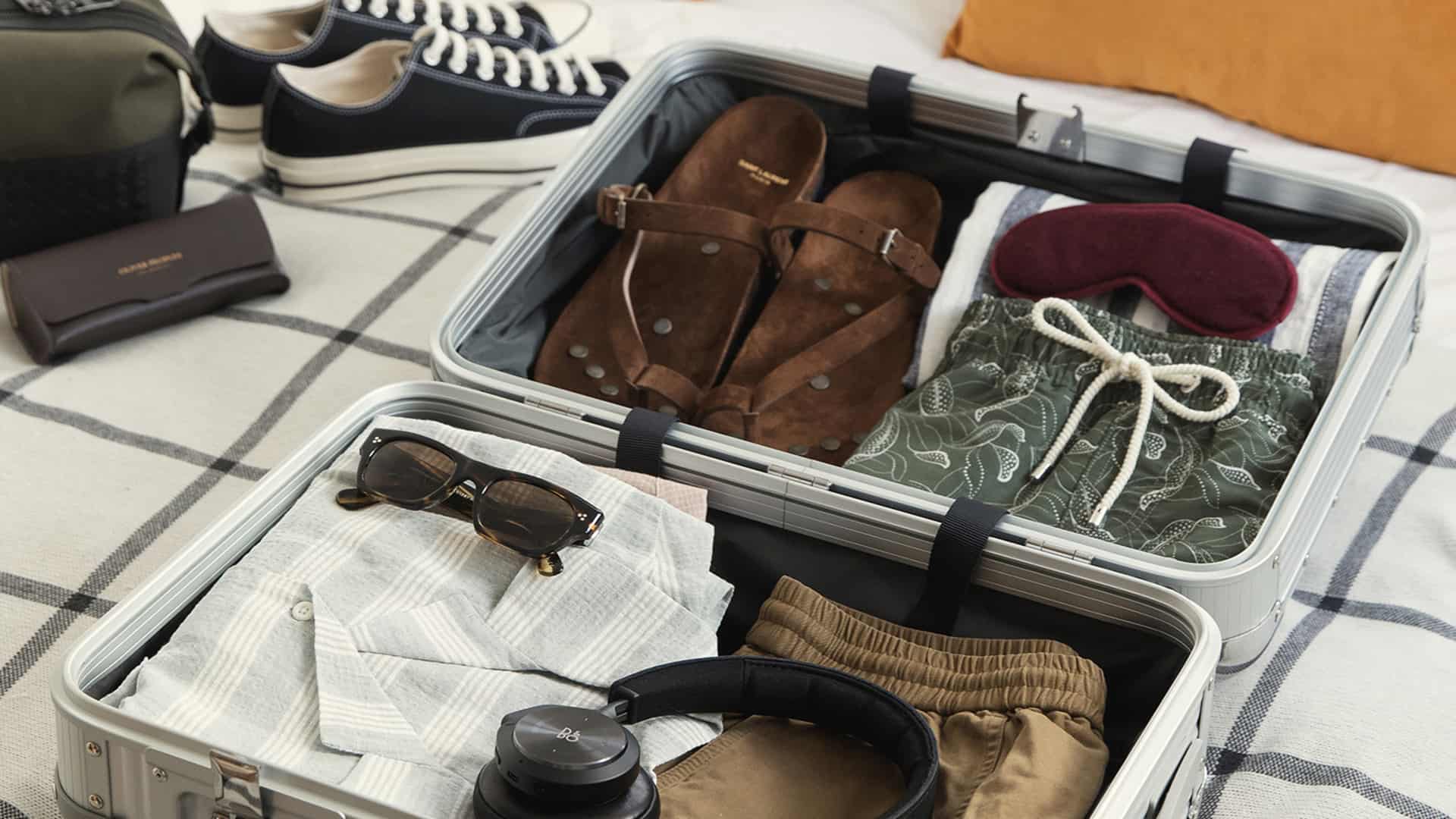
14 Luxury Travel Clothing Brands For Stylish Globetrotters
Whether you’re city hopping for business, nipping over to the Italian Riviera, or planning some serious R&R in Mexico, make sure you travel in exemplary style and comfort.
In the golden age of aviation, men would dress for the occasion, slipping on their finest tailored threads and polished shoes. Overkill? Well, not when you were served up lobster and champagne for your in-flight meal.
While the quantity of flights has increased massively, the quality of today’s globe-hopping trips is comparatively poor, unless you’re willing to shell out a small fortune to fly first, business or private. Even so, that doesn’t mean you should dress like a slob.
The prevalence of short-haul business trips and the affordability of long-haul journeys means that we are in the air more than ever before, so you want to be as comfortable as possible on the one hand, and ready to hit the ground running on the other.
This desire hasn’t gone unnoticed by the world’s top luxury brands, who have been quick to capitalise on our increasingly nomadic lives by creating luxurious loungewear, as well as businesswear, that stands up to the rigours of travel.
What defines luxury travel clothing?
Luxury travel clothing is not strictly a one catch-all category but rather an amalgam of different genres, with the common denominator being comfort. Nobody wants to board a long-haul flight only to be irritated by what they are wearing.
Too hot, too cold, no layers, too rigid, overly tight, excess fabric… all things that although small, can become major irritants when you’re stuck in an aluminium tube 35,000ft in the sky.
Of course, the mode of travel will typically dictate what you want to wear, but the luxury industry has you covered in all scenarios.
Business smarts
We generally find ourselves travelling for business or for leisure. For the former, time is usually of the essence, which means you need to land at your destination, jump in the car to your meeting, and crack on, leaving little time for wardrobe changes.
Travel suits constructed from high-twist merino wool are your sartorial saviours since they are practically crease-resistant, and are excellent regulators of body temperature.
If your role affords you the flexibility of ditching the shirt and tie, then a merino or silk-blend knitted long-sleeved polo is an excellent option for the same reasons, looking extremely presentable and stylish whether worn with a suit or more relaxed separates.
Leisure suit Larry
When travelling for leisure, especially on long-haul flights, supreme comfort is the most important factor. It’s unlikely that you’re going to step off the plane and be whisked anywhere other than your hotel bed, so you want to wear loungewear clothing with a slightly smart, sophisticated spin.
That’s where the likes of cashmere joggers and crew neck sweaters come into play, alongside soft cotton jersey tees and lightweight blousons. It’s a stealth wealth look if ever there was one.
Keep the colour palette dark or neutral to avoid being singled out at customs, too.
Ready for resortwear
Short-haul vacations require your wardrobe to meet in the middle, since you’re often only going for a long weekend or a week, and want to make the most of your time away.
That’s when elevated resortwear comes into play, incorporating lightweight layers of cotton and linen garments with an unstructured tailored aesthetic that looks elegant whether in the airport lounge, beachside restaurant or hotel bar.
What all of these aesthetics share, besides being comfortable, is an understated vibe that turns down the look-at-me logos in favour of a quieter brand of luxury. Travel is stressful enough without the rest of the plane thinking you’re a fashion-obsessed try-hard.
The best luxury travel clothing brands for men
Whether travelling for business or pleasure, these are the upscale brands that will get you there in supreme style and comfort.
Brunello Cucinelli
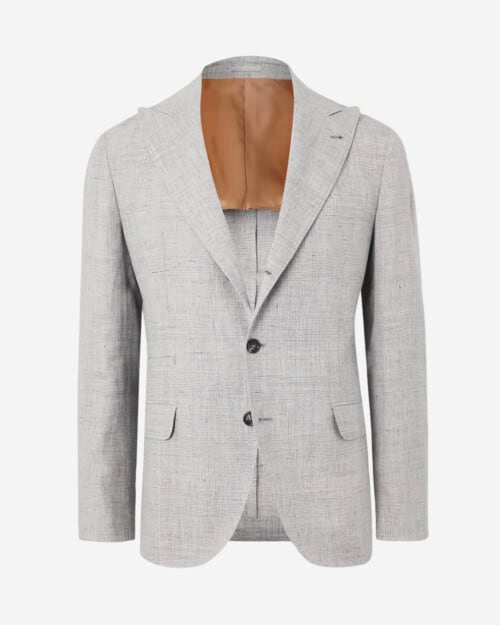
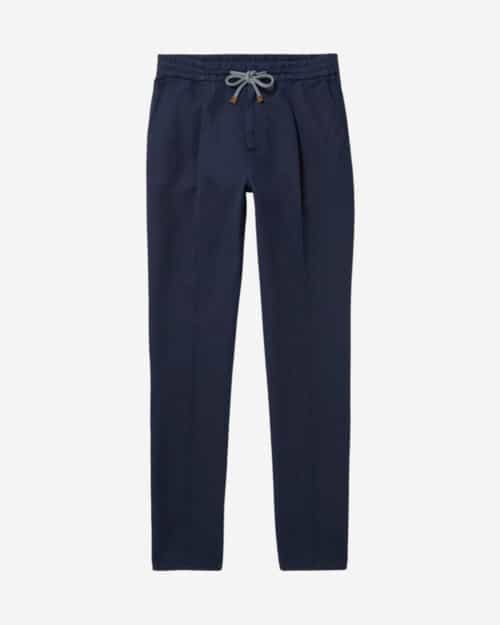
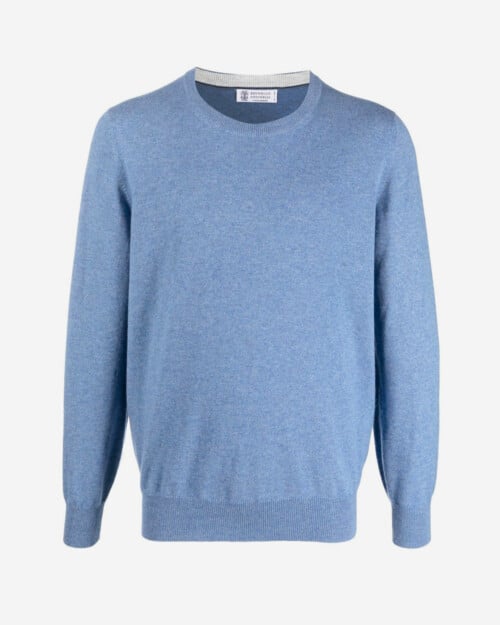
The maestro of quiet luxury, Brunello Cucinelli’s discerning view of menswear always begins with the finest fabrics, which lend themselves very well to travelling in style.
Cucinelli’s cashmere knitwear, soft flannel shirts and trademark vests all make for a super-elevated layered look that’s key when travelling from one climate to another.
His brand of tailoring is particularly relevant for the smart business traveller, being cut with a relaxed and unstructured bias for supreme comfort. His slubbed cotton denim trousers, combined with a twill shirt, cashmere knit and unstructured Prince of Wales check blazer, is as well-heeled and well-monied a look as you can get.
Vilebrequin
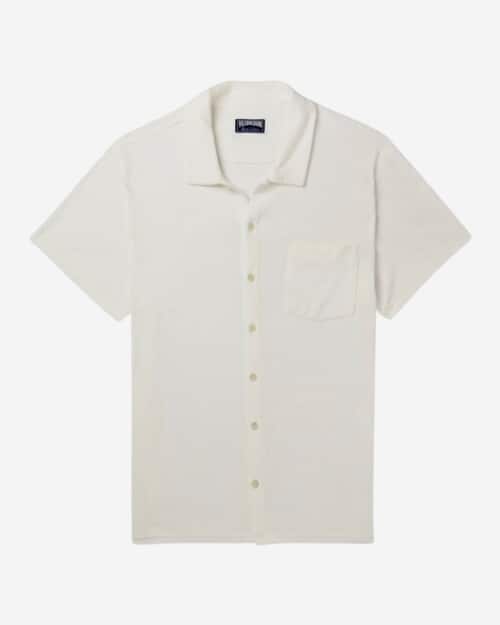
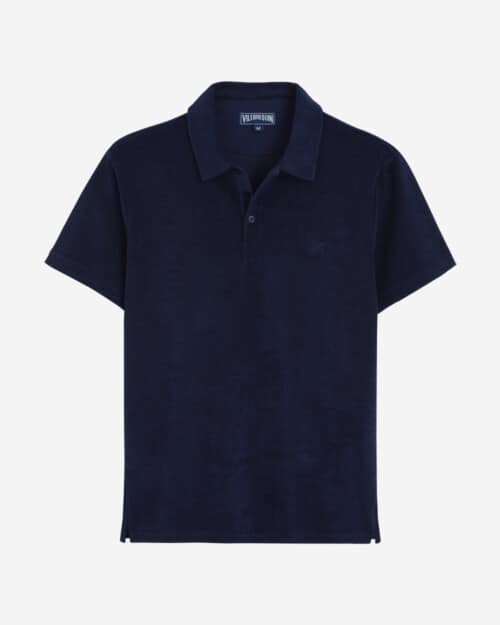
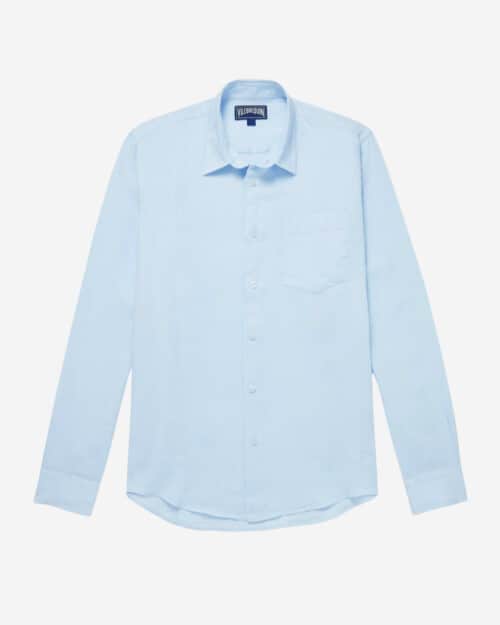
When flying short haul this summer, you want to land and have your feet in the sand quicker than you can say “Negroni, please”. That’s where resortwear comes in handy, since it’s comfortable, functional, easy to layer, and can get you from Arrivals to beach restaurant without any fuss at all.
For some St. Tropezian charm, Vilebrequin ticks all the boxes, with a collection of boldly coloured resortwear that doubles up as great travelling kit. Pieces such as cotton corduroy stretch joggers, loopback cotton crew necks and terry cloth polos make for stylish yet comfortable outfits, and will set the foundation of your vacation wardrobe for many years to come.
Loro Piana
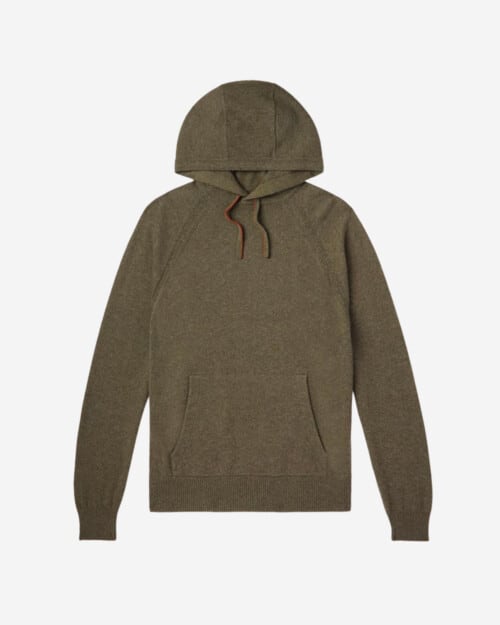
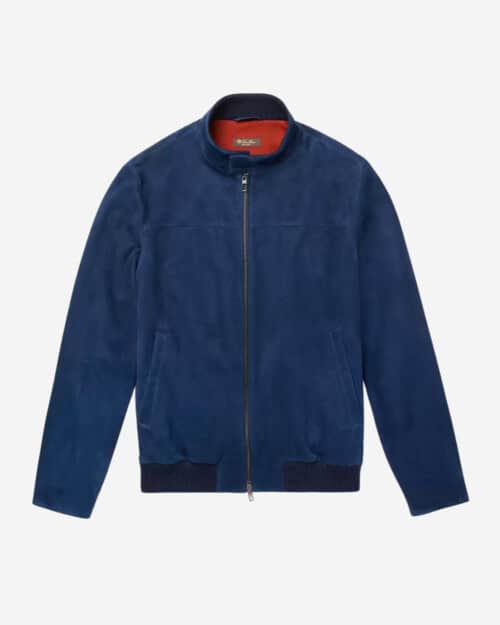
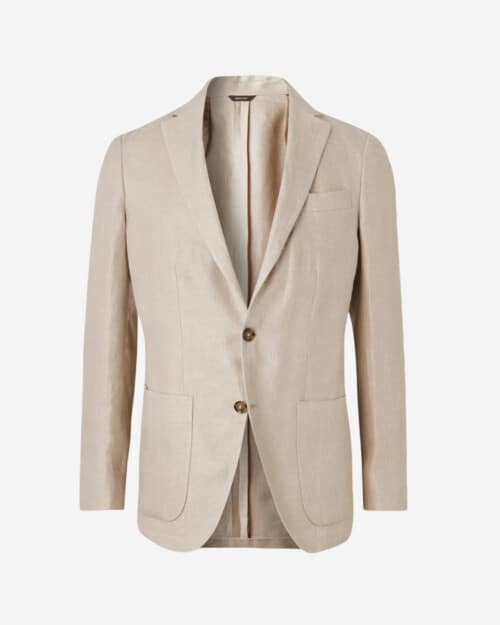
Loro Piana’s reputation for fine fabrics is peerless, but it helps when the major part of your business is as a high-end fabric producer. The luxury Italian brand uses its expertise in creating superior cloths such as merino, cashmere and vicuna with aplomb, constructing a stealth wealth wardrobe fit for the most discerning travellers.
What’s more, Loro Piana’s textile inventiveness has led them to patent a number of waterproof coating technologies, such as its Storm System, meaning you can wear incredibly soft and delicate natural fibres on the move, without fear of the weather turning on you.
Paul Smith
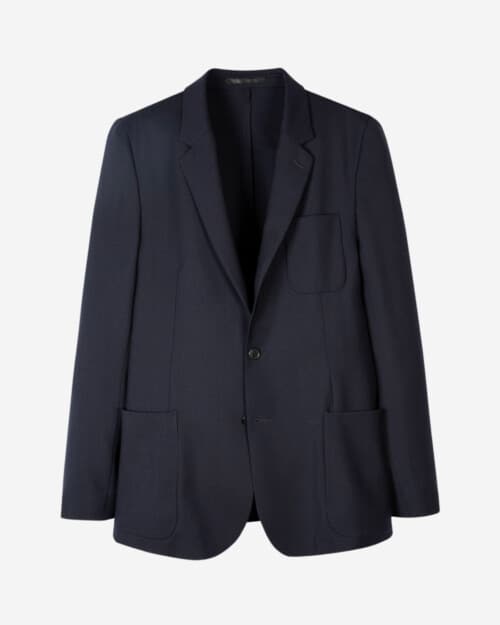
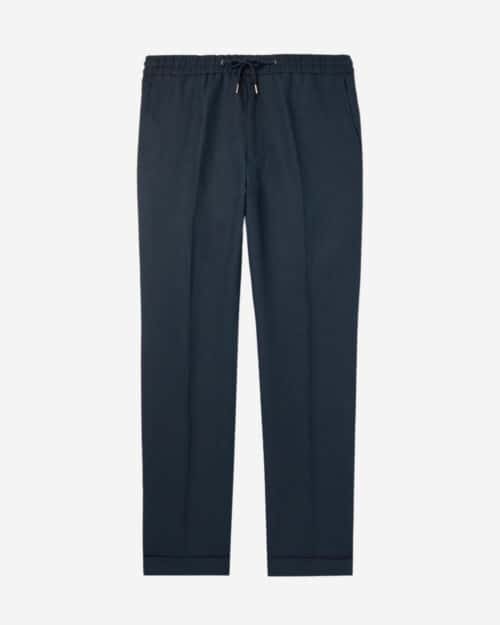
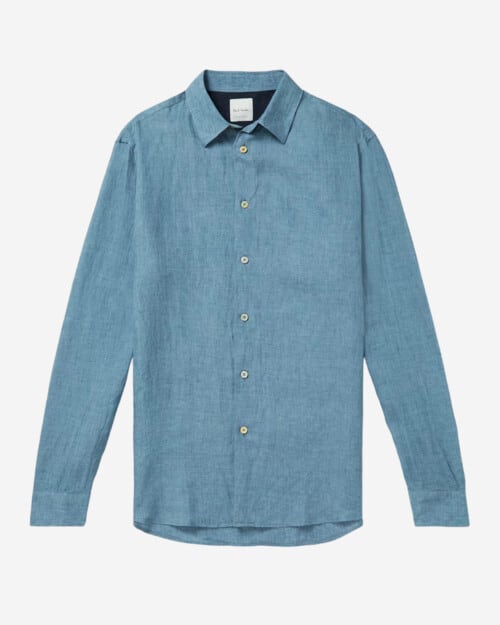
Sir Paul Smith is an avid traveller himself, allowing his innate curiosity to take him on intrepid adventures all over the world. As such, he was one of the first to recognise the significance of the ‘travel suit’.
His travel-specific tailoring capsule consists of suits constructed from a very high twist yarn, which gives them the characteristic of being virtually impossible to crease – ideal for business travel when you need to hit the ground running at your destination.
The suits are flexible, supremely comfortable and come in Smith’s signature slim cut.
Ermenegildo Zegna
Under the direction of Alessandro Sartori, Zegna has become much more than one of the world’s biggest wool fabric producers – it is also a bona-fide luxury fashion brand with an on-the-money view on the role of contemporary tailoring.
Moreover though, it’s the casualwear that has the well-heeled salivating, with a sumptuous collection of ‘Oasi’ cashmere leisurewear that must surely make-up the most decadent and comfortable travel kit known to man.
The prices are spicy, but then so are private jets (you won’t see this kit on the 6.20am Easyjet out of Luton).
Orlebar Brown

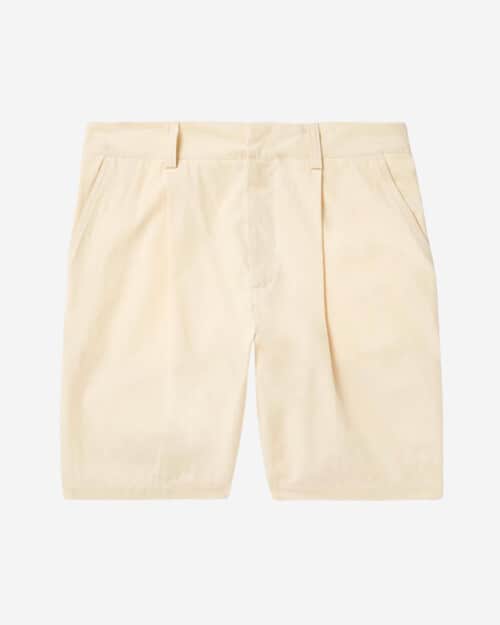

Orlebar Brown was the first mover in the men’s resortwear market. Its tailored Bulldog shorts were a breath of fresh air and have become a swim short genre all of their own, but what’s really impressive is how the brand extended that elevated aesthetic right through an eclectic collection that’s ripe for travelling in style.
The terry cloth pieces are always seasonal favourites, but we also love the stretch cotton chinos and long-sleeved cashmere polos for smooth, sophisticated travelling.
In 2024, OB is way more than just a luxury swimwear brand.
Fear of God Essentials

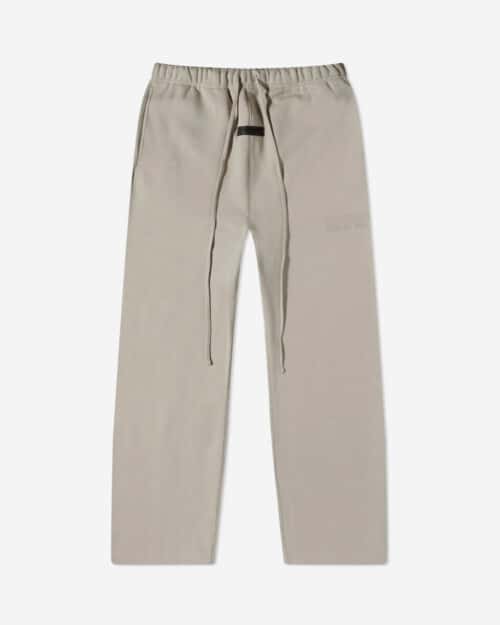
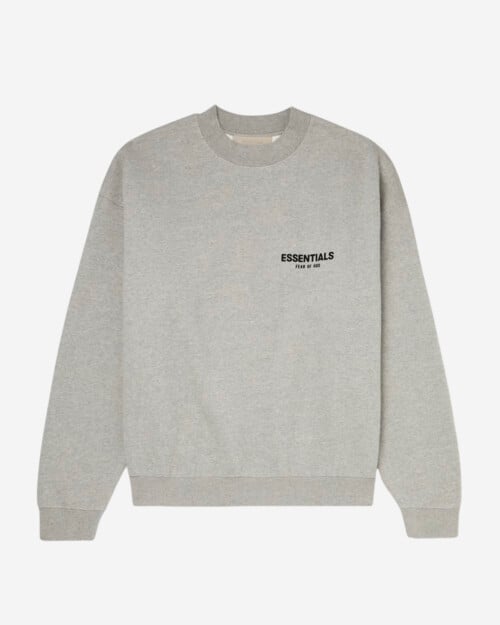
Fear of God Essentials collection does exactly what it says on the tin. The LA-based brand with a cult streetwear following has constructed a perfectly blanched and modern collection of everyday loungewear essentials that are prime kit for travelling in.
From super-soft hoodies, sweats and joggers to the perfect cotton jersey tees, Fear of God’s clean minimalist lines deserve an upgrade to Business Class.
Pangaia
Comfort, colour and sustainability are what drives Pangaia’s ever-growing and innovative loungewear collections, consisting of every silhouette of hoodie, sweatshirt and jogger known to man.
What’s really impressive though is Pangaia’s commitment to sustainable practices, especially in the form of fabric innovation. Its collection is made using recycled cotton, cashmere and nylon, as well as food-dyed garments, reclaimed fabrics from off-cuts and waste material, and an activewear range made with a plant-based nylon derived from castor oil.
If you’re going to burn up some carbon getting to Mexico, then at least you can rest assured that your travel kit didn’t tax the earth.
SMR Days
If you could distill SMR Days – founded in 2020 by industry veterans Adam Shapiro, Dan May and Gautam Rajani – into a single image, it would be your most relaxed self with a glass of Camartina in your hand, casting your eye out over a Tuscan vista, laughing with friends.
SMR Days is laid-back, sophisticated menswear at its best, and as such, travels beautifully, whether to Tuscany or anywhere else for that matter.
Expect exquisitely-made garments such as cotton shirts, relaxed-fit pleated wool trousers, lightweight cotton blousons, and knee-length tailored shorts.
120% Lino
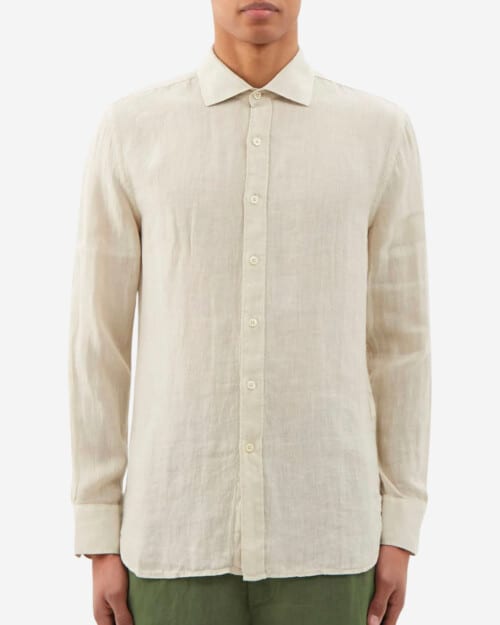
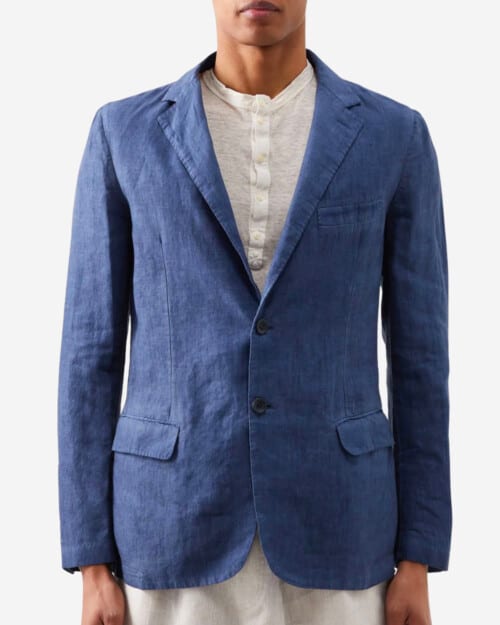
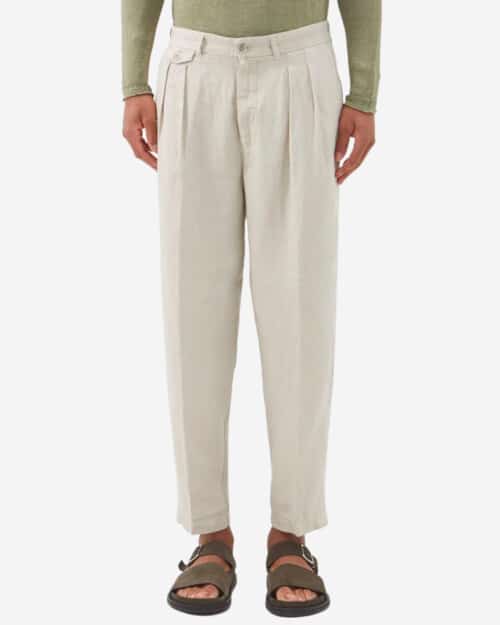
The Italian brand founded in 1980 is essentially a love letter to everyone’s favourite summer fabric, linen. Inspired by a linen jacket he saw in Camden Market, London, founder Alberto Peretto went on to express his curiosity for this most sustainable of natural fibres by creating an entire company around it.
The essentials are resortwear classics, from chinos and tees to blazers and shirts, all expertly tailored for a smart sartorial look that will look right at home in the finest European hotels.
Studio Nicholson
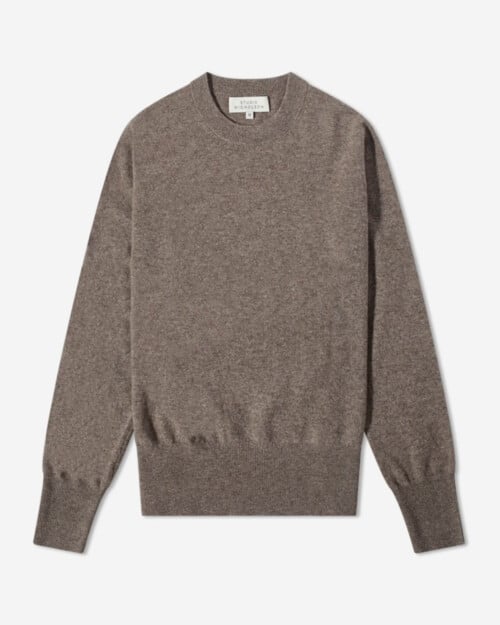
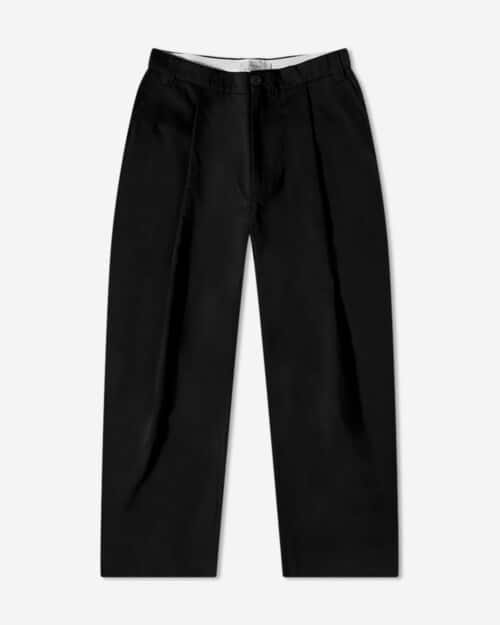
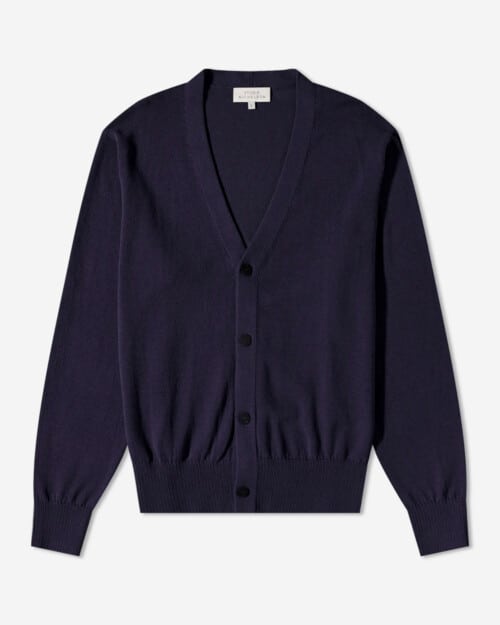
Studio Nicholson’s brand of delicious contemporary minimalism makes for a very chic alternative to business attire when travelling. If your work permits a more relaxed aesthetic, then there’s no better way to show up to your destination than in Studio Nicholson’s elegantly utilitarian garments.
With a relaxed oversized silhouette, the collections are extremely comfortable while still proving to be smart and fashion-forward, ticking all the right boxes.
It’s quiet luxury, perfectly executed.
Frescobol Carioca
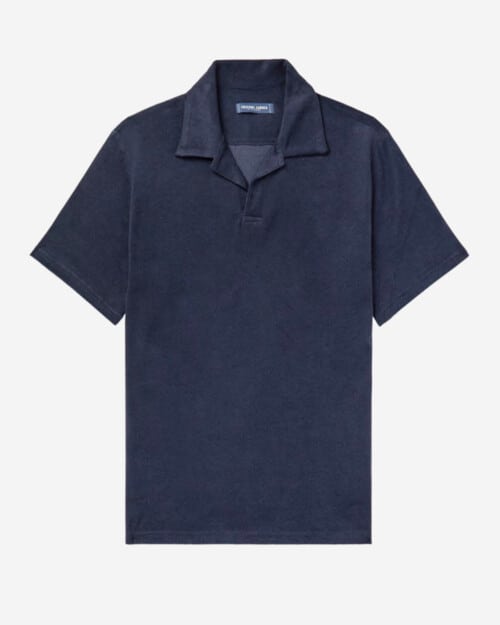
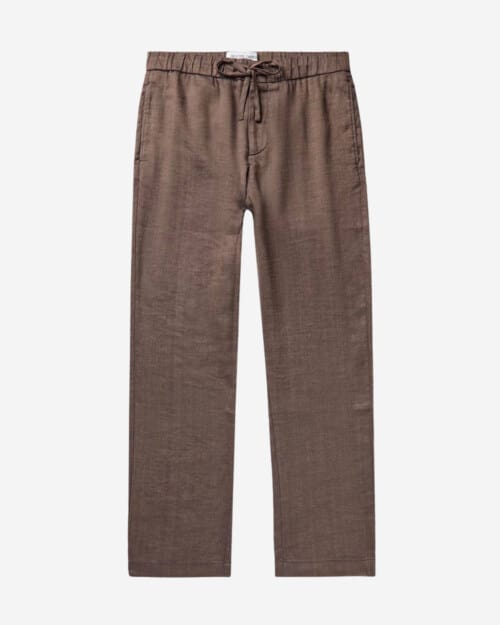

A London-based resortwear brand with Brazilian roots, Frescobol Carioca perfectly encapsulates the South American nation’s beach culture, thanks to its array of geometric prints inspired by Brazilian architecture.
And while its sophisticated collection of shorts will have you covered on the beach, it’s the excellent tencel and linen shirts, terry cloth camp collars and linen chinos which make up the perfectly comfortable and stylish short-haul travelling look.
Albus Lumen
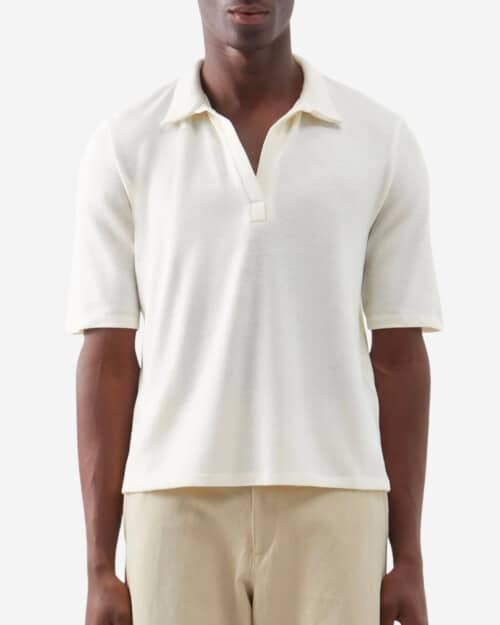


Founded in 2015 by designer Marina Afonina, Albus Lumen was conceived as a clothing brand for women inspired by travel who wanted vacationwear with a distinctly modernist aesthetic, which would look elegant anywhere they went.
The subsequent menswear collection is no different, hitting the nail squarely on the head with beautiful flowy tailored silhouettes, such as oversized linen blazers and wide-leg wool trousers, all in a strictly monochromatic colour scheme.
The Elder Statesman
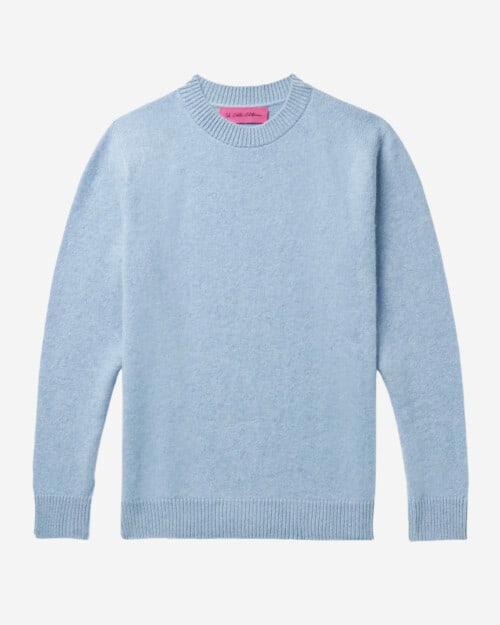
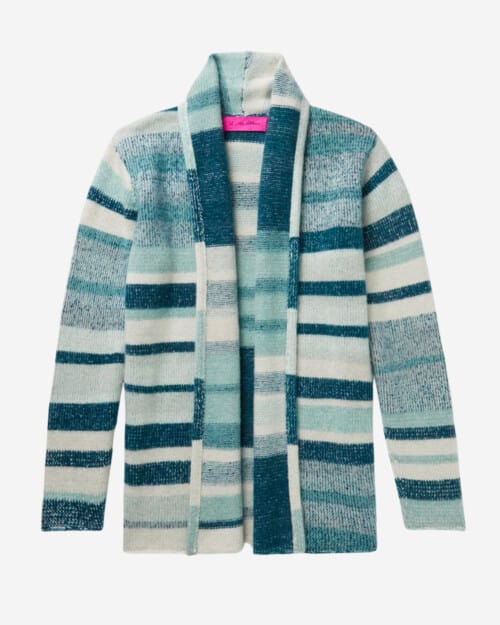
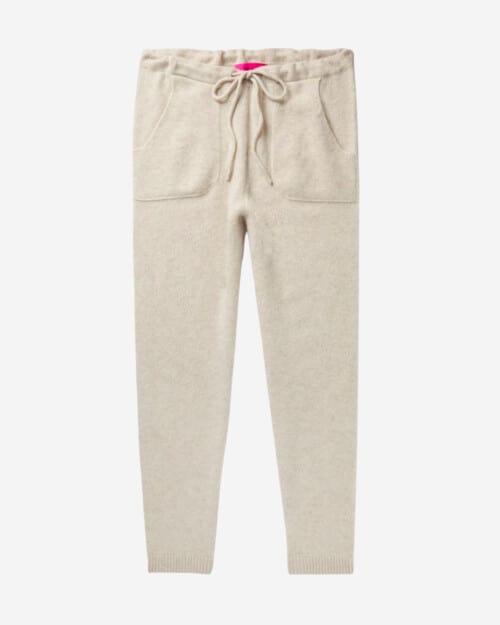
Greg Chait founded The Elder Statesman in 2007, primarily making handwoven cashmere blankets. And while the brand has now evolved to become a highly sought-after knitwear label, the focus on artisanal craft has not been forgotten.
In fact, the vast majority of Elder Statesman’s vibrant tie-dye cashmere knits and products are still made in America, in the company’s downtown LA facility.
Its fun intarsia sweaters, chunky cardigans and impossibly comfy lounge pants make for high-level travel clothing, especially if you want to arrive with a splash – the brand’s iconic patterns and tie-dye effects will definitely have heads turning.


